Home>Gardening & Outdoor>Landscaping Ideas>How Long For Grass Seed To Germinate
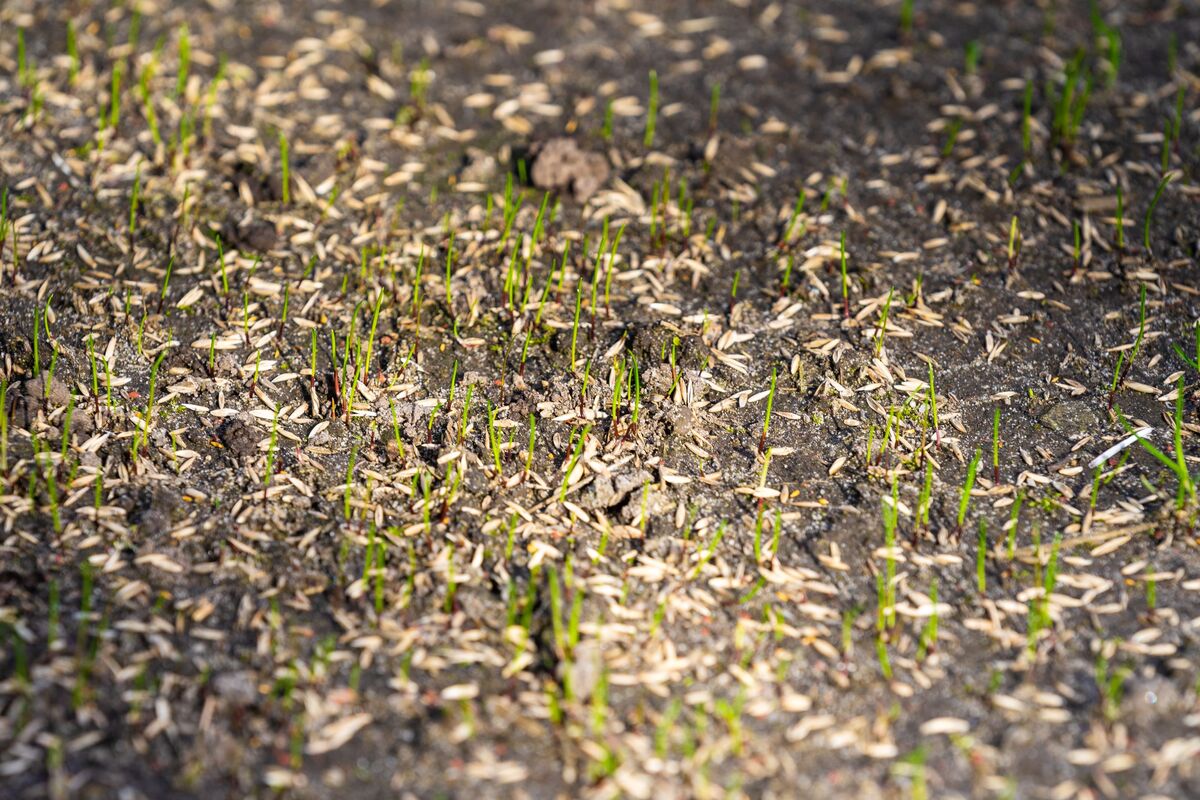

Landscaping Ideas
How Long For Grass Seed To Germinate
Modified: February 18, 2024
Discover expert landscaping ideas and learn how long it takes for grass seed to germinate. Get tips for successful lawn establishment and maintenance.
(Many of the links in this article redirect to a specific reviewed product. Your purchase of these products through affiliate links helps to generate commission for Storables.com, at no extra cost. Learn more)
Factors Affecting Grass Seed Germination
Grass seed germination is a complex process influenced by various factors that can significantly impact the success of establishing a lush and healthy lawn. Understanding these factors is crucial for anyone looking to achieve optimal germination results. Here are the key factors that play a pivotal role in grass seed germination:
-
Soil Temperature: The temperature of the soil is a critical factor in grass seed germination. Different grass species have specific temperature requirements for optimal germination. Typically, most cool-season grasses germinate best when the soil temperature is between 50 and 65 degrees Fahrenheit, while warm-season grasses prefer temperatures between 75 and 90 degrees Fahrenheit.
-
Soil Moisture: Adequate moisture is essential for grass seed germination. The soil must be kept consistently moist but not waterlogged. Insufficient moisture can hinder germination, while excessive moisture can lead to rot and fungal diseases, affecting the viability of the seeds.
-
Soil pH: The pH level of the soil can impact the germination of grass seeds. Most grass species prefer a slightly acidic to neutral pH range of 6.0 to 7.5. Soil that is too acidic or alkaline can inhibit germination and the subsequent growth of grass seedlings.
-
Soil Aeration: Proper soil aeration is crucial for allowing oxygen to reach the seeds and roots. Compacted soil can impede germination by restricting the movement of air and water, hindering the development of healthy root systems.
-
Seed Depth: The depth at which the seeds are sown can affect germination. Different grass species have specific seed depth requirements, and planting seeds too deep or too shallow can impact their ability to germinate and establish strong roots.
-
Weed Competition: Weed seeds present in the soil can compete with grass seeds for resources, such as water, nutrients, and sunlight, potentially inhibiting germination and the growth of grass seedlings.
-
Light Exposure: Some grass species require exposure to light for germination, while others germinate best in darkness. Understanding the light requirements of the specific grass seed being sown is crucial for successful germination.
By considering and optimizing these factors, gardeners and landscapers can greatly improve the chances of successful grass seed germination, leading to a vibrant and thriving lawn.
Key Takeaways:
- Grass seed germination success depends on soil temperature, moisture, pH, aeration, seed depth, weed competition, and light exposure. Optimizing these factors leads to a vibrant and thriving lawn.
- Different grass seeds have varying germination times. Cool-season grasses like Kentucky bluegrass sprout in 10-21 days, while warm-season grasses like Bermuda grass take 10-14 days. Understanding these timelines helps plan effectively.
Read more: How Long To Germinate Aerogarden
Ideal Conditions for Grass Seed Germination
Grass seed germination is a delicate process that relies on specific environmental conditions to ensure successful growth. Creating the ideal conditions for grass seed germination is essential for establishing a lush and resilient lawn. Understanding and providing these optimal conditions can significantly enhance the germination rate and the overall health of the grass. Here are the key factors that contribute to the ideal conditions for grass seed germination:
Soil Temperature
The soil temperature plays a crucial role in the germination of grass seeds. Different grass species have specific temperature requirements for optimal germination. Cool-season grasses, such as Kentucky bluegrass and fescue, thrive in soil temperatures ranging from 50 to 65 degrees Fahrenheit. In contrast, warm-season grasses, including Bermuda grass and Zoysia grass, prefer warmer soil temperatures between 75 and 90 degrees Fahrenheit. Maintaining the appropriate soil temperature is vital for triggering the germination process and supporting the healthy development of grass seedlings.
Soil Moisture
Adequate soil moisture is essential for promoting grass seed germination. The soil must be consistently moist but not waterlogged. Proper moisture levels create a conducive environment for the seeds to imbibe water, initiating the germination process. However, excessive moisture can lead to rot and fungal diseases, jeopardizing the viability of the seeds. Regular monitoring of soil moisture and irrigation practices are crucial for ensuring the ideal conditions for germination.
Soil pH
The pH level of the soil significantly impacts the germination of grass seeds. Most grass species thrive in a slightly acidic to neutral pH range of 6.0 to 7.5. Soil that is too acidic or alkaline can hinder the germination process and the subsequent growth of grass seedlings. Conducting a soil test to determine the pH level and making necessary amendments can create an optimal environment for grass seed germination.
Read more: How Long To Germinate Passiflora
Soil Aeration
Proper soil aeration is vital for facilitating the exchange of gases and the movement of water within the soil. Well-aerated soil allows oxygen to reach the seeds and roots, supporting healthy germination and root development. Compacted soil can impede the movement of air and water, hindering the germination process and the establishment of robust root systems. Aerating the soil before seeding can enhance the ideal conditions for grass seed germination.
Seed Depth
The depth at which the seeds are sown is a critical factor in grass seed germination. Different grass species have specific seed depth requirements, and planting seeds too deep or too shallow can impact their ability to germinate and establish strong roots. Following the recommended seeding depth for the specific grass species being sown is essential for optimizing the conditions for successful germination.
Weed Competition
Weed competition can pose a significant challenge to grass seed germination. Weed seeds present in the soil can compete with grass seeds for essential resources, such as water, nutrients, and sunlight, potentially inhibiting the germination process and the growth of grass seedlings. Implementing effective weed control measures and preparing a weed-free seedbed can create a favorable environment for grass seed germination.
Light Exposure
Understanding the light requirements of the specific grass seed being sown is crucial for successful germination. Some grass species require exposure to light for germination, while others germinate best in darkness. Providing the appropriate light conditions based on the grass species being seeded is essential for optimizing the germination process.
By meticulously addressing these factors and creating the ideal conditions for grass seed germination, gardeners and landscapers can significantly improve the chances of successful germination, leading to the establishment of a vibrant and resilient lawn.
Read more: How Long For Borage To Germinate
Germination Time for Different Types of Grass Seed
The germination time for various types of grass seed varies based on the specific characteristics of each grass species. Understanding the typical germination periods for different grass seeds is essential for planning and managing expectations when establishing a new lawn or overseeding an existing one. Here's an overview of the germination times for common types of grass seed:
Cool-Season Grasses
Cool-season grasses, including Kentucky bluegrass, fescue, and ryegrass, are known for their ability to thrive in cooler climates. These grass species exhibit relatively quick germination compared to warm-season grasses. Kentucky bluegrass, a popular choice for lawns, typically germinates within 10 to 21 days under optimal conditions. Fine fescue varieties, such as creeping red fescue and chewings fescue, also demonstrate rapid germination, with seeds sprouting within 7 to 14 days. Perennial ryegrass, known for its rapid establishment and lush appearance, generally germinates within 5 to 10 days, making it a preferred option for quickly enhancing the density of a lawn.
Warm-Season Grasses
Warm-season grasses, such as Bermuda grass, Zoysia grass, and centipede grass, thrive in regions with hot summers and mild winters. These grass species typically have longer germination periods compared to cool-season grasses, reflecting their adaptation to warmer climates. Bermuda grass, a popular choice for lawns, sports fields, and golf courses, typically germinates within 10 to 14 days under optimal conditions. Zoysia grass, known for its dense growth and tolerance to foot traffic, exhibits a germination period ranging from 14 to 21 days. Centipede grass, valued for its low maintenance requirements, generally germinates within 14 to 21 days, showcasing its adaptability to various soil types and conditions.
Transitional Grasses
Transitional grasses, such as tall fescue and perennial ryegrass, possess characteristics that allow them to thrive in both cool and warm climates. These grass species offer versatility and resilience, making them suitable for regions with fluctuating temperature patterns. Tall fescue, known for its deep root system and drought tolerance, typically germinates within 7 to 12 days, showcasing its rapid establishment and adaptability. Perennial ryegrass, often used for overseeding warm-season lawns, exhibits a germination period similar to its cool-season counterparts, sprouting within 5 to 10 days.
Understanding the germination times for different types of grass seed enables gardeners and landscapers to plan and execute seeding activities effectively. By aligning expectations with the typical germination periods of specific grass species, individuals can make informed decisions and implement appropriate maintenance practices to support the successful establishment of a vibrant and resilient lawn.
Read more: How Long For Bermuda To Germinate
Tips for Promoting Grass Seed Germination
Ensuring successful grass seed germination requires careful attention to various factors and proactive measures to create an optimal environment for the seeds to sprout and thrive. Implementing the following tips can significantly enhance the germination process and contribute to the establishment of a healthy and vibrant lawn:
1. Proper Soil Preparation
Thoroughly preparing the soil before seeding is crucial for promoting grass seed germination. This involves removing debris, weeds, and rocks, as well as loosening the soil to improve aeration and drainage. Incorporating organic matter, such as compost, can enhance soil structure and provide essential nutrients for the developing seedlings.
2. Adequate Watering
Maintaining consistent soil moisture is essential for supporting germination. After seeding, the soil should be kept consistently moist but not waterlogged. Using a fine mist or gentle spray to water the seeded area can prevent displacement of the seeds and ensure even moisture distribution, promoting optimal conditions for germination.
3. Fertilization
Applying a high-quality starter fertilizer specifically designed for new seedlings can provide essential nutrients to support early growth. The fertilizer should be evenly distributed according to the manufacturer's recommendations to avoid potential damage to the delicate seedlings.
Read more: How Long For Zinnia To Germinate?
4. Protection from Birds and Pests
Protecting the seeded area from birds and pests is crucial to prevent seed loss and damage. Using physical barriers, such as lightweight netting or floating row covers, can deter birds and small animals from disturbing the newly seeded area, safeguarding the seeds as they germinate and establish roots.
5. Mulching
Applying a thin layer of mulch over the seeded area can help retain soil moisture, regulate soil temperature, and protect the seeds from erosion and drying out. Organic mulches, such as straw or shredded leaves, can also provide a protective barrier against harsh weather conditions, contributing to improved germination rates.
6. Monitoring and Patience
Regular monitoring of the seeded area is essential to ensure that the soil remains consistently moist and to identify any emerging issues promptly. While waiting for the seeds to germinate, exercising patience is key. Germination times can vary based on factors such as temperature and moisture, and allowing sufficient time for the seeds to sprout is crucial for successful establishment.
By incorporating these tips into the grass seed germination process, individuals can create an environment that is conducive to successful germination and the development of a lush and resilient lawn. Each proactive measure contributes to the overall success of the germination process, ultimately leading to the creation of a vibrant and thriving outdoor space.
Frequently Asked Questions about How Long For Grass Seed To Germinate
Was this page helpful?
At Storables.com, we guarantee accurate and reliable information. Our content, validated by Expert Board Contributors, is crafted following stringent Editorial Policies. We're committed to providing you with well-researched, expert-backed insights for all your informational needs.
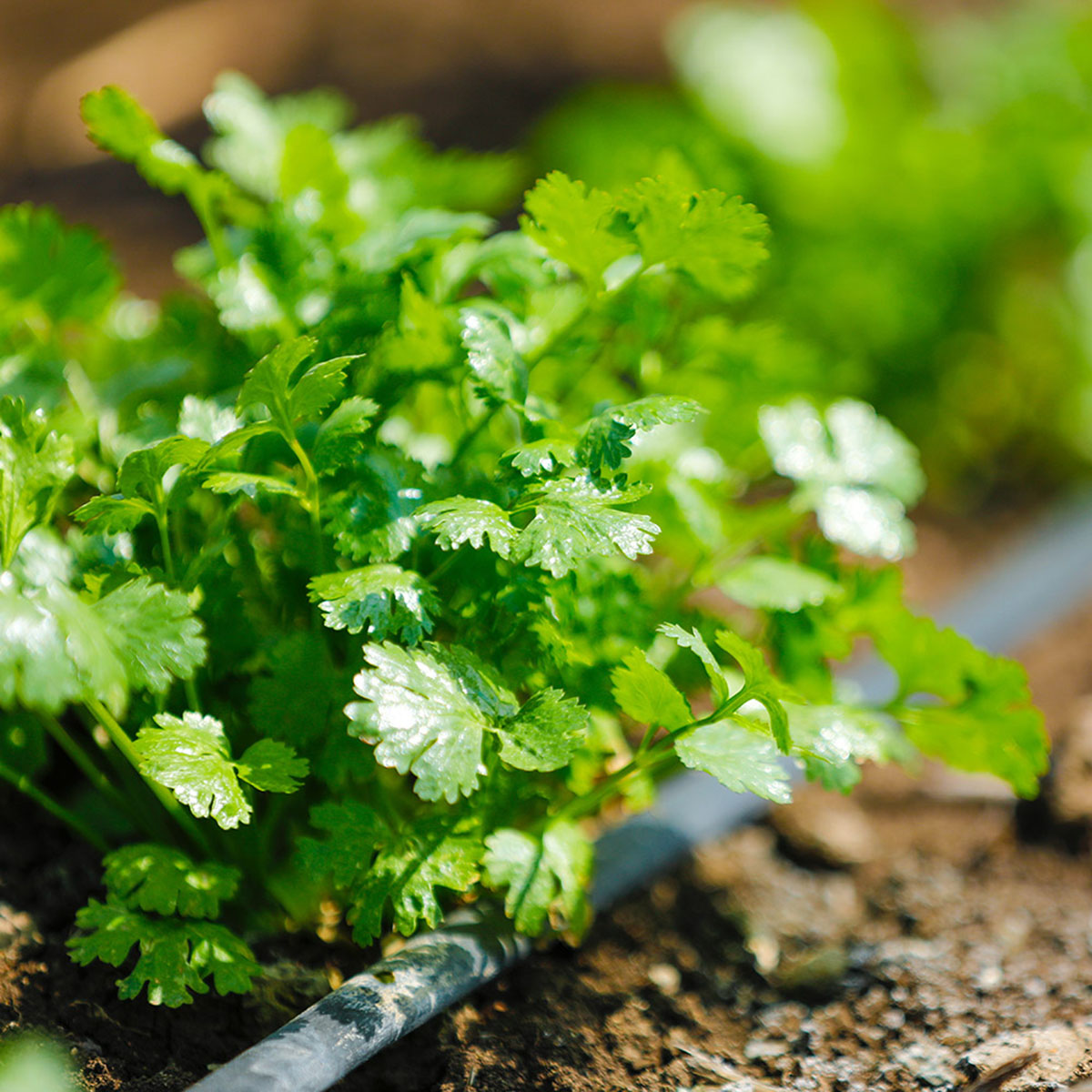

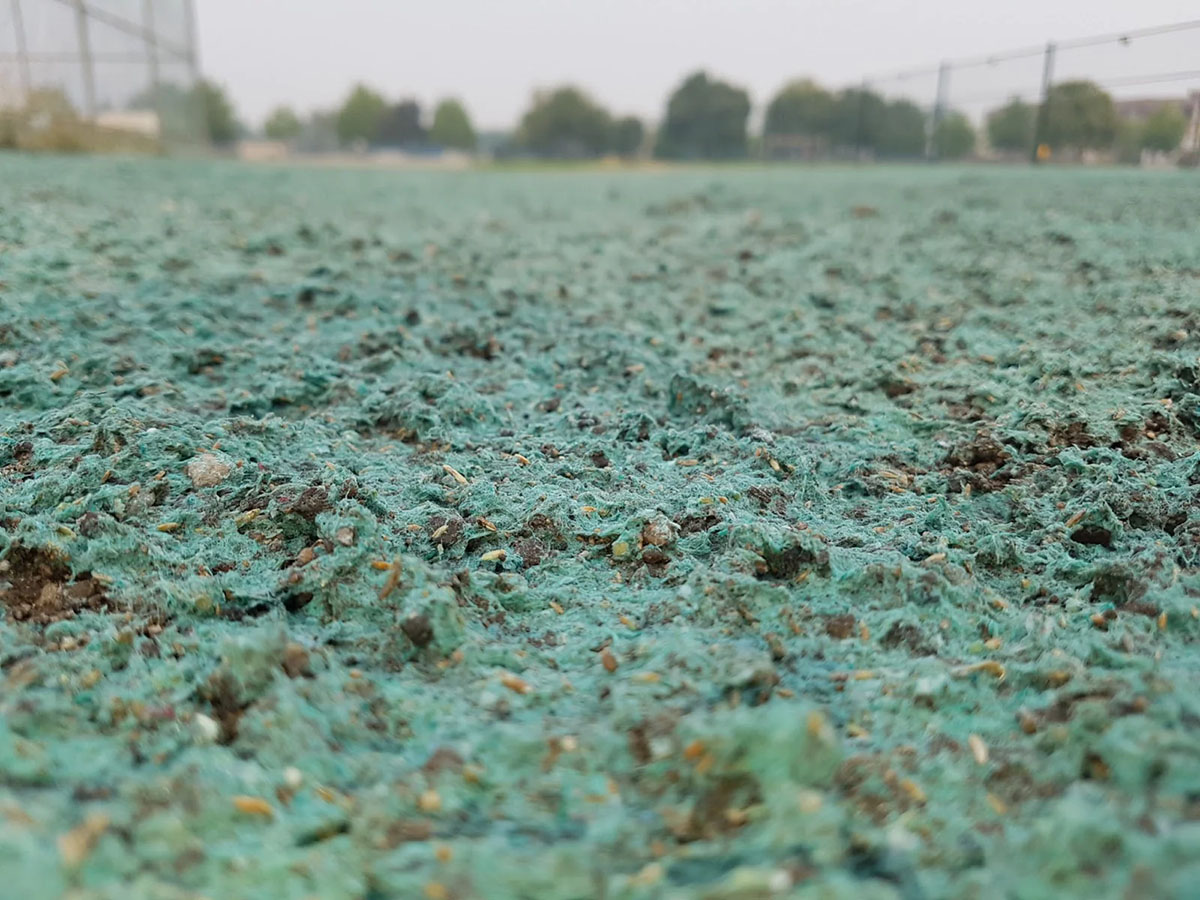

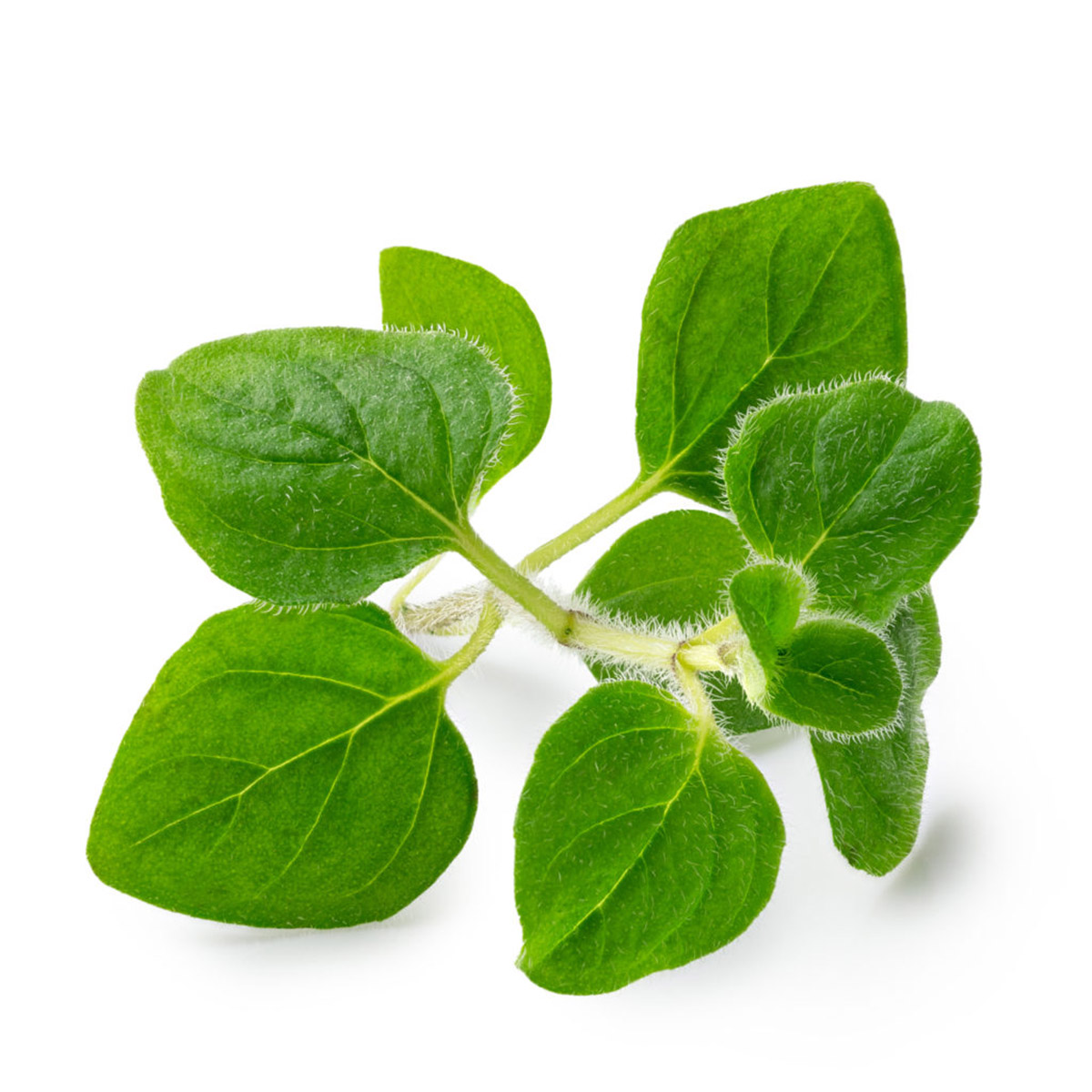
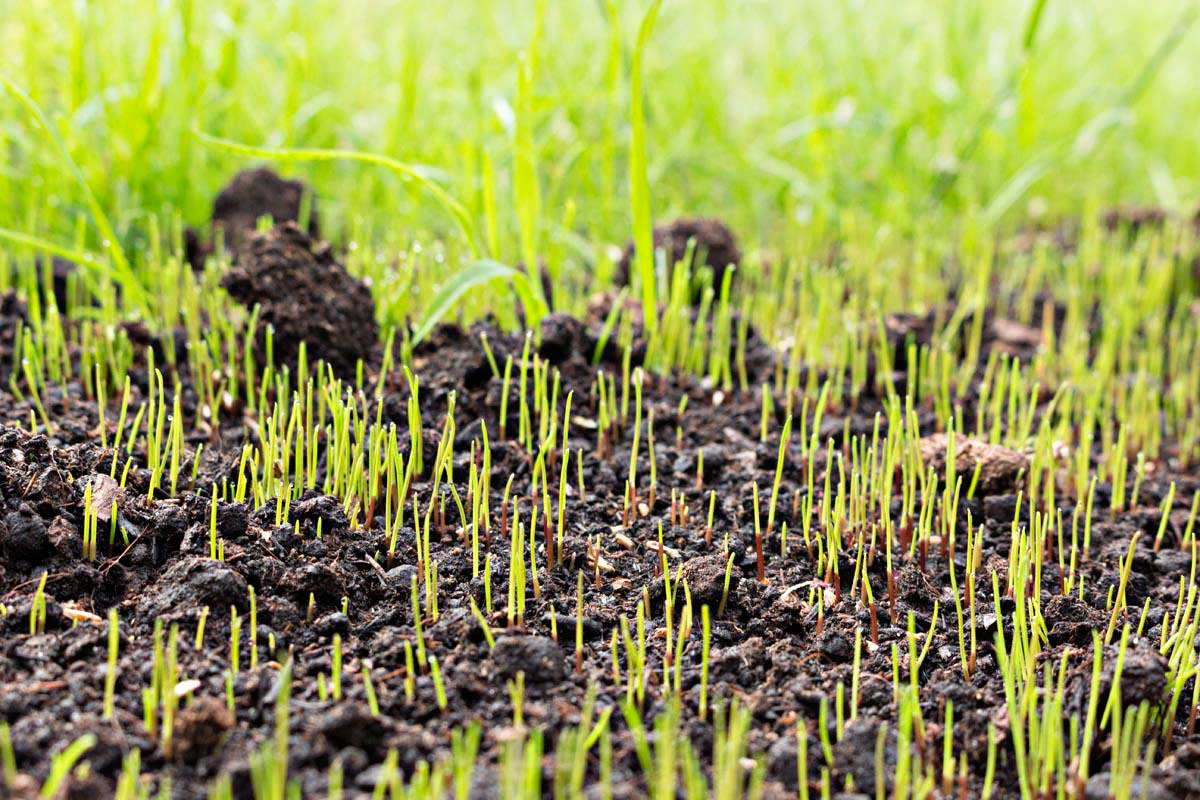
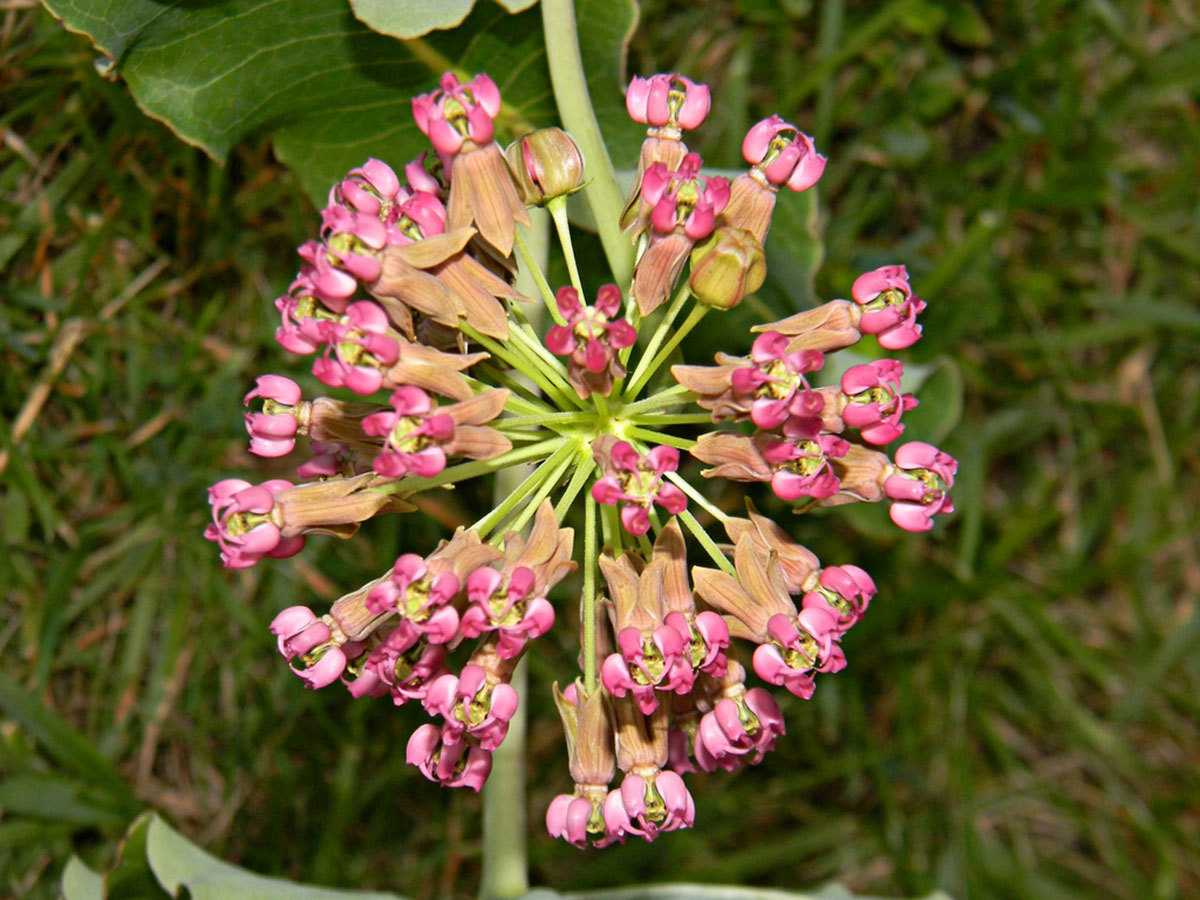
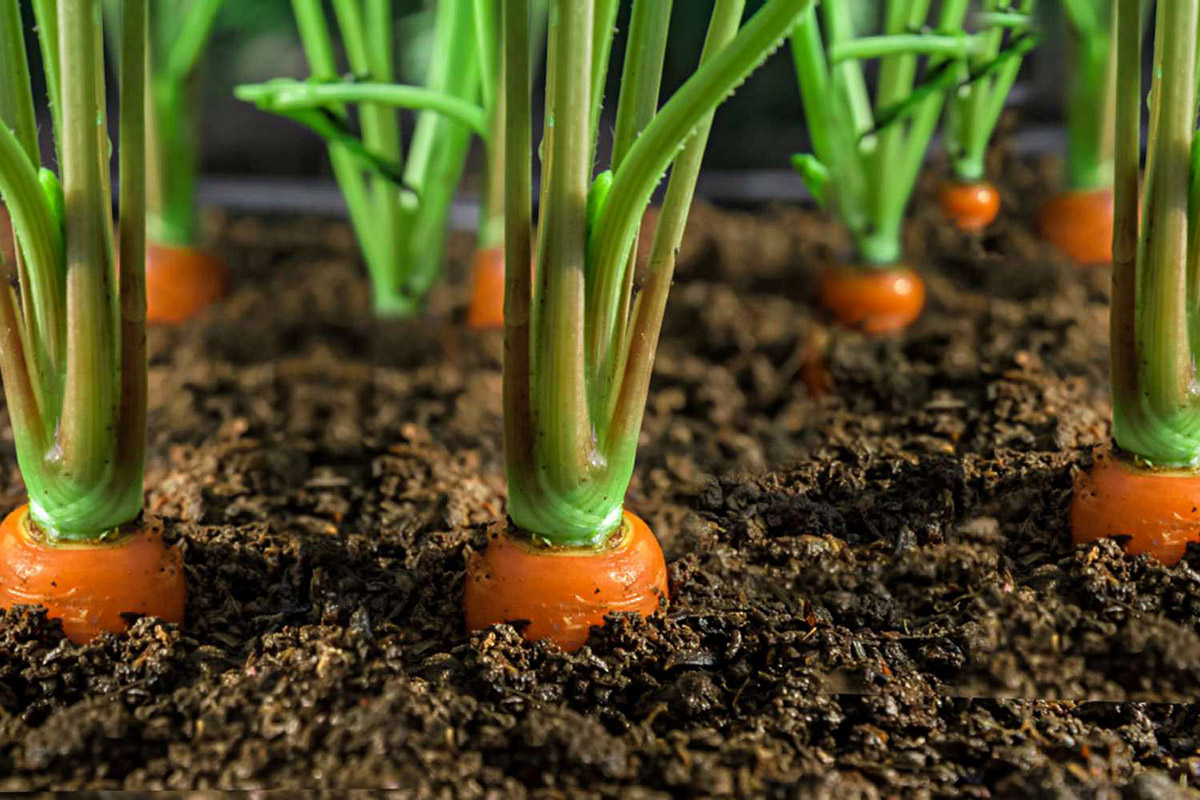
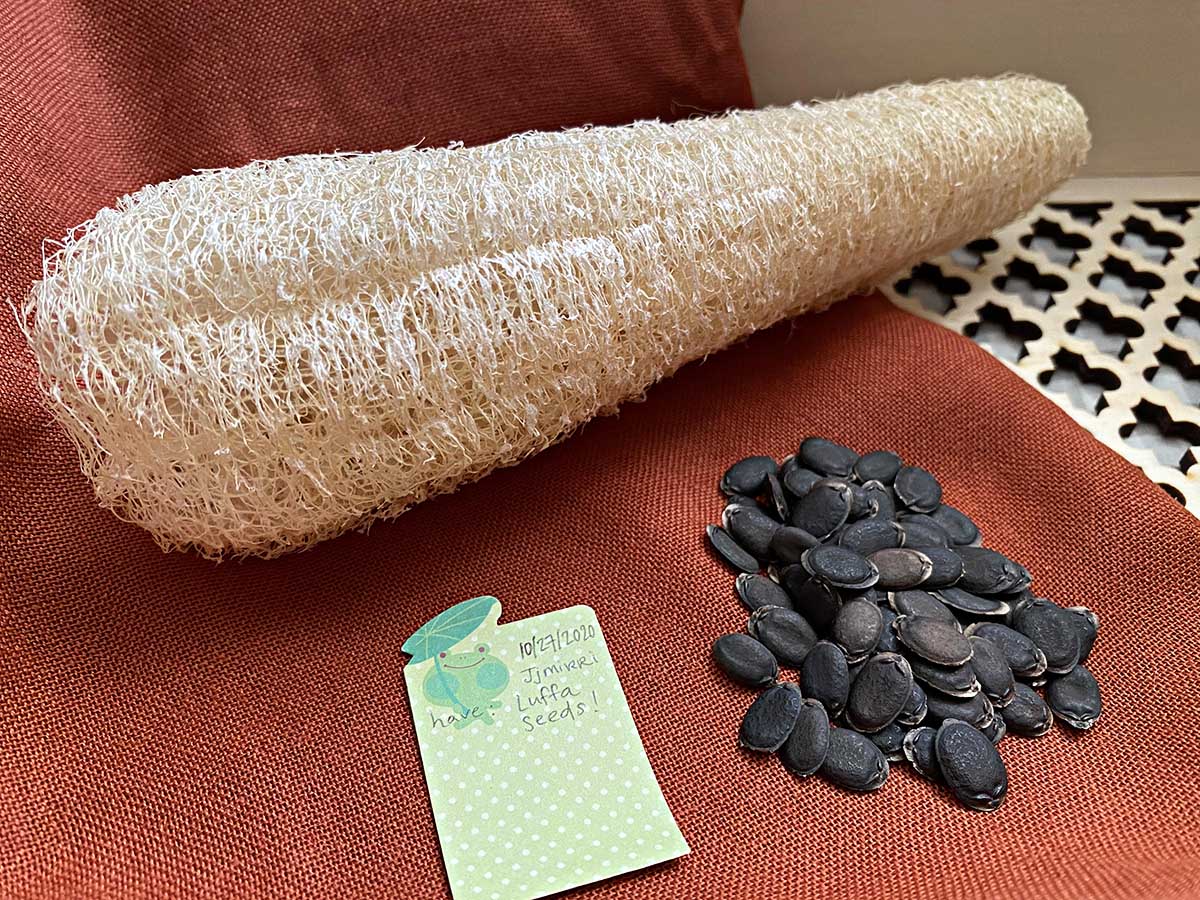
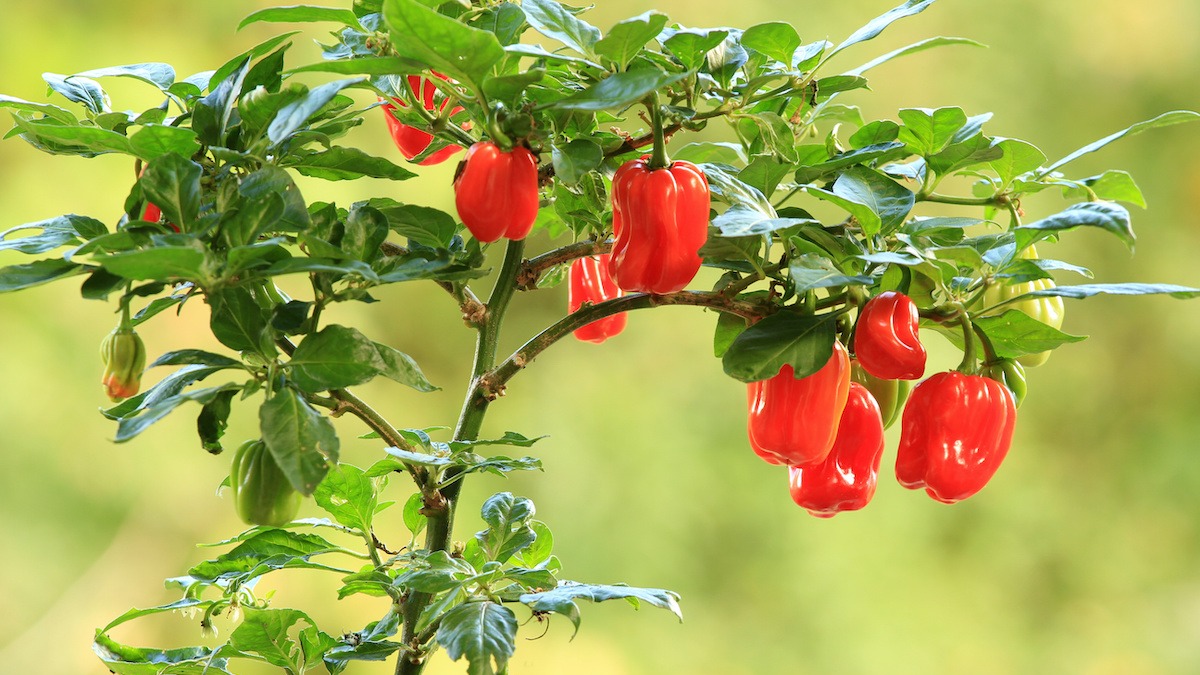
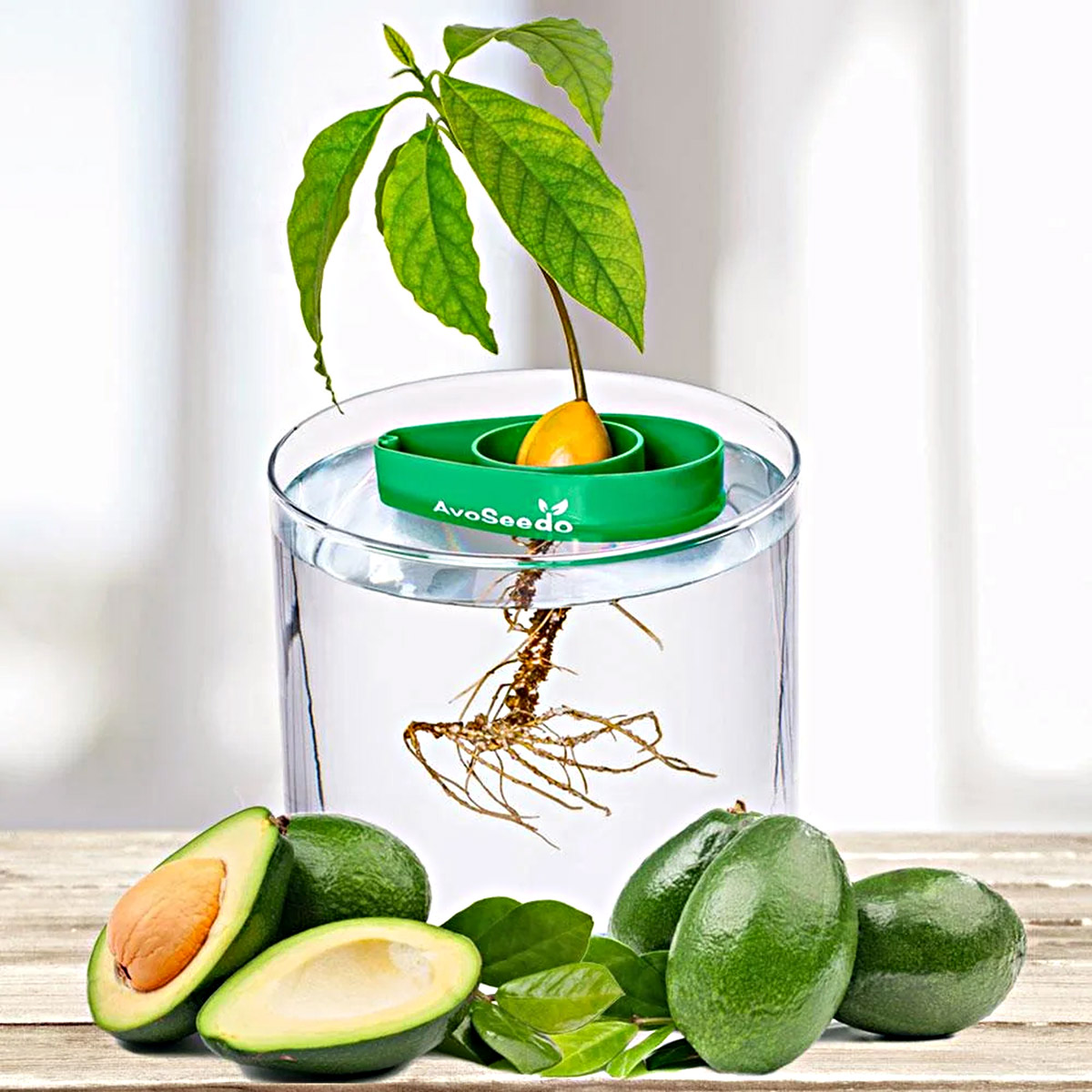

0 thoughts on “How Long For Grass Seed To Germinate”